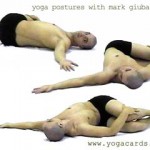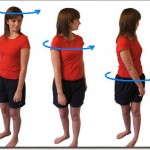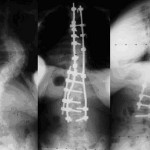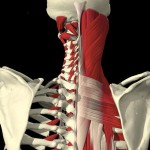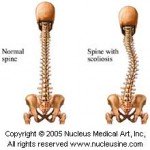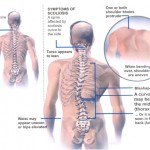What is the need for scoliosis surgery? Surgery is recommended for people with curvature that is higher than 45-50 degrees. The need for this surgery is to reduce the curvature and to prevent further development of the curve.
You see, the curvature starts and continues through the growing process. Once the deformity is addresses earlier in life, the better. This is because the curve can become quite extreme if it is left unnoticed and can result to disfigurement and compromising the cardiopulmonary systems. It can also cause pain in adults in later life and this can also one situation that will require a scoliosis surgery.
Scoliosis surgery – The Process
Thanks to our modern technology today, scoliosis surgery is easier because of the developments in tools and instruments used in the surgery. With the help of advanced tools and instruments, they can now be precisely attach rods and screws to straighten the back. Once the back heals, the bone fuses to the implanted rods in the new corrected position.
Posterior Position
Scoliosis surgery will take about six hours and it will be performed in the posterior position. There will be a long incision running the length of the thoracic spine that will allow the surgeon to pull away the muscle to get to the vertebrae. The rods and screws are placed in the appropriate position and then bone dust from the patient’s hip is added to facilitate fusing of the existing bone to the rods.
Anterior
There is also a scoliosis surgery that has an anterior approach. This is usually done when the curvature is near the region where the thoracic portion of the middle back meets the low back lumbar region., lower than most scoliosis cases. In this case, a rib will be regularly removed to allow better visualization of the back and the discs are removed from the between the vertebrae as well.
After scoliosis surgery
Once you undergo scoliosis surgery, expect to be in the hospital for at lest six days to allow proper healing after your surgery. Once you are allowed to leave the hospital, your back will be straighter and most of the rib prominence corrected. You should limit your activity to walking, sitting and standing and make sure not to do any physical activities that will need exertion. After three months, you can do more activities but no athletic activities yet. Usully, you can do all the activities you used to after a year.
